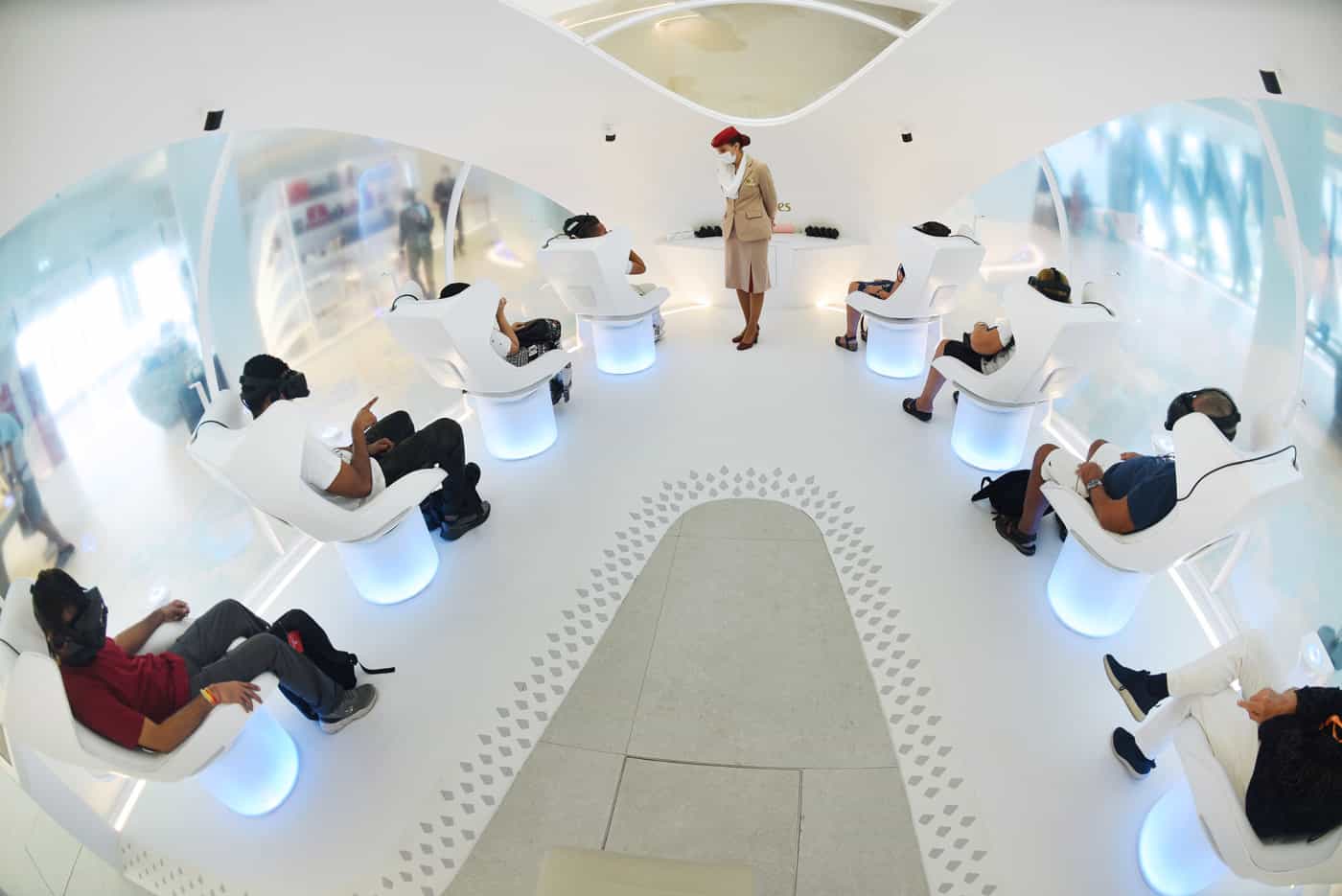By 2026, according to a study, 25 percent of internet users would spend at least an hour a day in the metaverse and 30 percent of organizations would use it to distribute their products and services globally.
The study by Gartner Foundation for Research and Studies said the space would provide more opportunities for communication and cooperation at all levels.
For example, companies could offer better participation, levels of cooperation and communication to their employees through productive workspaces in virtual offices that would require no physical infrastructure.
Metaverse trends
Many different components make up the metaverse if we think of it as a collection of new virtual engagement platforms and ecosystems that allow us to work, live and play in cyberspace more seamlessly and realistically.
Fadi Kassatly, a partner Enterprise Solutions and Cloud at KPMG, told TRENDS that these platforms include Cloud, Computing Power, and Hardware, Networking, Virtual Reality and Augmented Reality, Internet Game Play, eCommerce and Social, AI, Search, Blockchain and Cryptocurrency as well as NFT-related elements.

Harnessing its potential
Because of the metaverse, companies can now imagine new stakeholder engagements that include interactions and create value faster, realistically and with more significant impact.
New business models must be developed to take advantage of the metaverse’s technology, said Kassatly.
In the metaverse, where the possibilities for ambition and creativity are virtually limitless, it’s unlikely that solutions will always be readily available. However, that’s exactly where new ideas and evolution will occur.
Confronting challenges
Since metaverse is a global trend, it refers to building new virtual engagement platforms and ecosystems that will allow us to live, work, trade and play in cyberspace more seamlessly and realistically, beyond the two-dimensional experience that has been possible until now, Kassatly said.
The biggest challenge appears to be that metaverse is not ready yet for the masses to digest immediately across different impactful use cases, and that’s where the challenge lies. That’s why a lot has to be figured out, including the use cases themselves, accessibility and ownership, the infrastructure required, the regulations needed, etc…
What will shape its future?
The metaverse is likely to remain in existence in the future, as Kassatly believes.
In the meantime, innovations and improved interoperability and new ecosystems will shape and change it.







